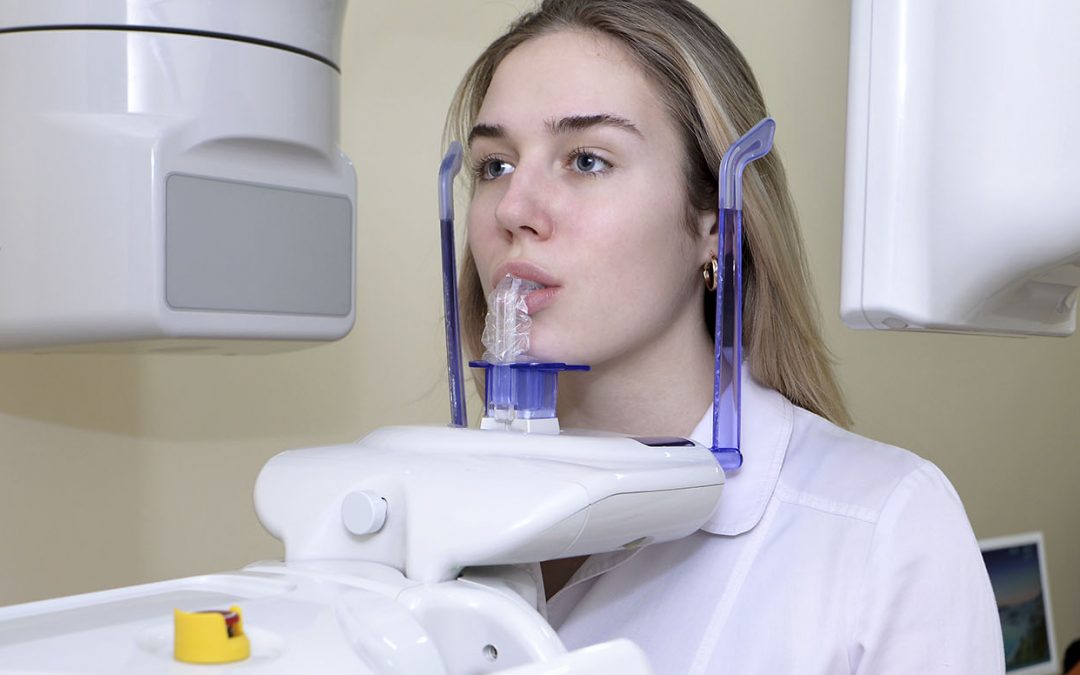ADA Specification 19 Dental Impression Material Setting Time Testing
The American Dental Association's (ADA) Specification No. 19 is a widely recognized standard for dental impression materials used in the restoration of oral health. This specification covers the setting time, which is critical to ensuring that the material achieves optimal properties during its use.
Setting time refers to the period required for an impression material to transition from its liquid or semi-liquid state into a solid one suitable for use by dental professionals. The standard specifies two types of setting times: initial set and working time. Initial set denotes the point at which the material begins to stiffen, while working time refers to the period during which the material can still be worked into its final shape.
The importance of accurate measurement cannot be overstated. Inaccuracies in setting times can lead to complications such as insufficient curing or premature hardening, both of which may compromise the quality and effectiveness of dental restorations. Consequently, compliance with ADA Specification No. 19 is essential for manufacturers aiming to meet industry standards.
Our laboratory adheres strictly to this specification using advanced instrumentation tailored specifically for this purpose. Our team of experts ensures precise measurements by employing rigorous quality control measures throughout the testing process. This dedication guarantees reliable and repeatable results that are consistent with international best practices.
In summary, compliance with ADA Specification No. 19 is crucial not only from a regulatory perspective but also because it directly impacts patient safety and satisfaction. By adhering to these stringent requirements, dental professionals can trust the materials they use every day.
Scope and Methodology
The scope of ADA Specification No. 19 encompasses the determination of setting times for dental impression materials based on their behavior in a controlled environment. This includes both initial set and working time measurements.
| Parameter | Initial Set | Working Time |
|---|---|---|
| Temperature | 23 ± 1 °C | 23 ± 1 °C |
| Humidity | 50 ± 5 % RH | 50 ± 5 % RH |
| Testing Duration | 6 minutes | 2 minutes |
The methodology involves placing a predetermined amount of the dental impression material into a standard mold and then observing it under controlled conditions. At specified intervals, the operator records changes in consistency until both initial set and working time criteria are met.
| Type of Setting Time | Acceptable Range (minutes) |
|---|---|
| Initial Set | 0 to 4 minutes |
| Working Time | 2 to 8 minutes |
Our laboratory utilizes state-of-the-art equipment and highly trained personnel to ensure accurate results. Our commitment to precision is reflected in our adherence to international standards such as ISO, ASTM, EN, and IEC.
Eurolab Advantages
At Eurolab, we pride ourselves on offering unparalleled expertise in dental device testing. Our commitment to quality is reflected not only in our adherence to ADA Specification No. 19 but also through our investment in cutting-edge technology and continuous training for our staff.
We understand the importance of accurate setting time measurements and have developed robust protocols to minimize variability and ensure consistent results. This includes strict calibration procedures for all instruments used during testing, as well as rigorous quality assurance checks at each stage of the process.
In addition to meeting regulatory requirements, we also offer comprehensive support services designed to help our clients navigate complex compliance landscapes. Whether you are a small manufacturer or a large corporation, Eurolab is here to assist with everything from initial consultation through final report delivery.
Our success lies in our ability to combine scientific rigor with practical application, ensuring that every test conducted at Eurolab meets the highest standards of accuracy and reliability.
International Acceptance and Recognition
The ADA's Specification No. 19 is not only recognized within the United States but also internationally due to its stringent quality control measures and emphasis on patient safety. Laboratories around the world have adopted this standard as a benchmark for evaluating dental impression materials.
Recognition from bodies like ISO (International Organization for Standardization) further underscores the importance of this specification in global healthcare standards. Compliance with ADA Specification No. 19 is therefore essential for any manufacturer seeking to gain entry into international markets.
The widespread acceptance of this standard reflects its value in promoting consistency across different regions and institutions. By ensuring that dental impression materials meet established criteria, this specification helps maintain high levels of service quality worldwide.





